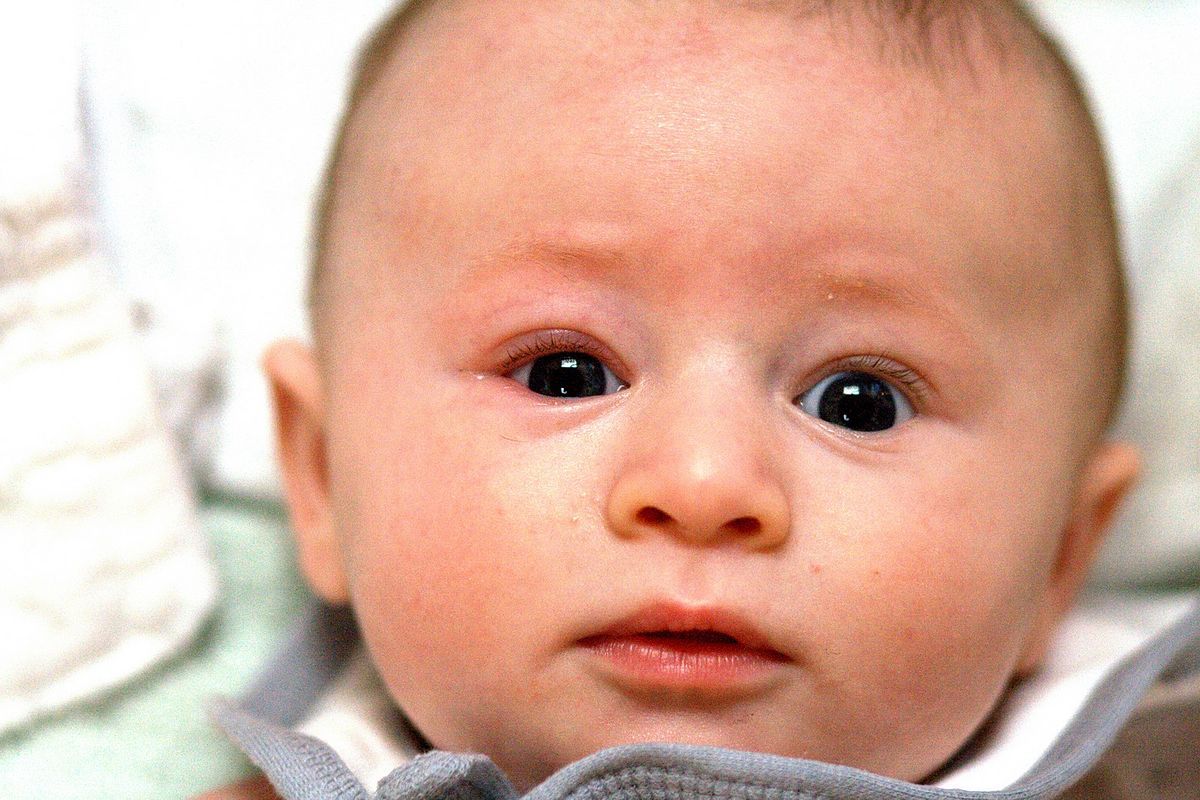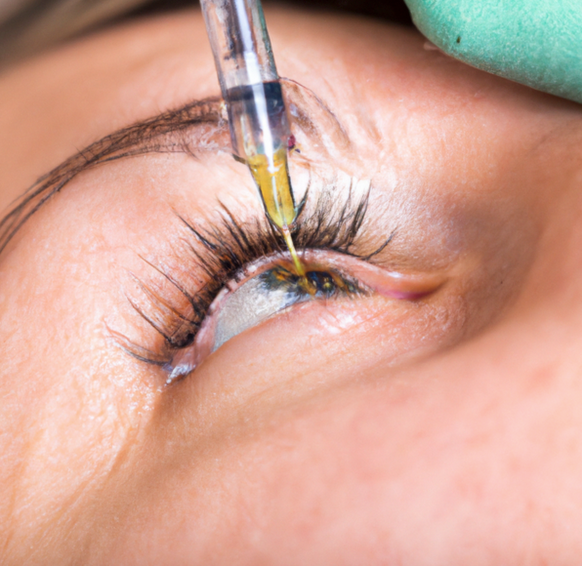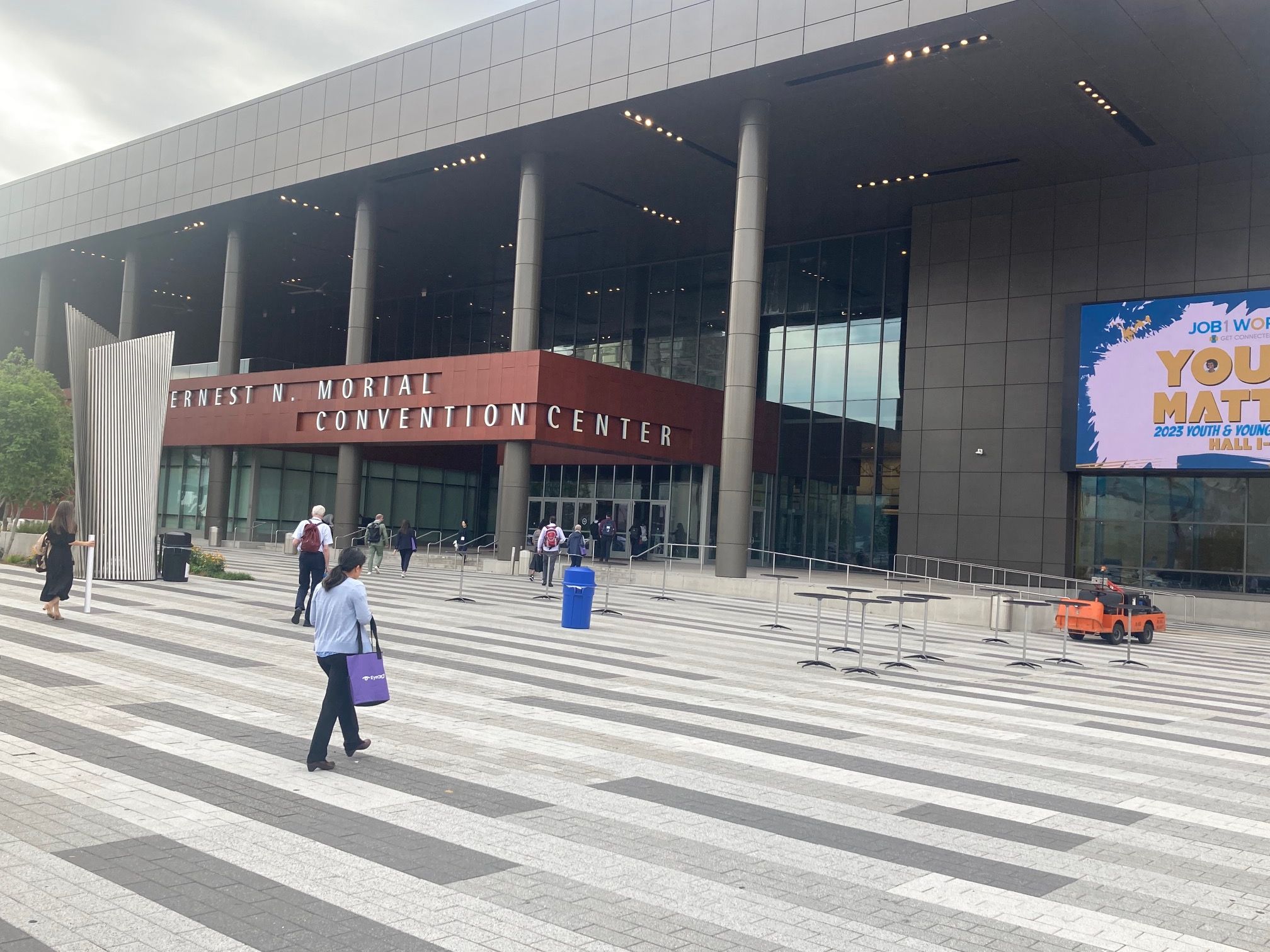Article
Intravitreal injections for ROP prove safe, effective in many cases
Author(s):
Luis Acaba-Berrocal, MD, of the Illinois Eye and Ear Infirmary in Chicago, worked with a group of colleagues to conduct a multicenter, retrospective, consecutive study of infants with ROP who had been treated with intravitreal anti-VEGF injections between 2008 and 2020 in light of the dearth of real-world data on the topic.

Intraocular anti-VEGF injections for retinopathy of prematurity (ROP) are safe as demonstrated by practice patterns in various settings inside and outside of the US, but additional therapy may be required, according to Luis Acaba-Berrocal, MD, of the Illinois Eye and Ear Infirmary in Chicago.
Acaba-Berrocal and his colleagues conducted a multicenter, retrospective, consecutive study of infants with ROP who had been treated with intravitreal anti-VEGF injections between 2008 and 2020 in light of the dearth of real-world data on the topic.
The goal was to provide clinicians with guidance based on practice patterns regarding the administration of intravitreal injections to treat ROP and outcomes data regarding retreatments and complications. The study was conducted at 17 US and international sites.
Data analysis of ROP patients
The investigators identified 1124 eyes for study inclusion that had been treated with anti-VEGF injections for ROP. The study patients’ average birth weight was 791 g (95% confidence interval [CI], 771.9 g to 811.3 g), and the average gestational age at birth was 25.7 weeks. The patients were an average of 36.6 weeks after conception at the time of treatment.
A few different anti-VEGF therapies were used to treat the patients. They included bevacizumab (Avastin, Genentech Inc.) at a dose of 0.625 mg in 72.1%, ranibizumab (Lucentis, Genentech Inc.) at a dose of 0.15 mg in 27.8%, and aflibercept (Eylea, Regeneron Pharmaceuticals) in 0.2%.
Most patients (88.1%) were treated with anti-VEGF drugs bilaterally. Nearly three-fourths of patients (67.8%) received antibiotics after the injections. A 32-gauge short needle was used in 39.3% of cases.
Regarding the necessity for retreatments, Acaba-Berrocal reported that 38% of patients required subsequent laser therapy, which was performed at an average of 134 days (95% CI, 119-149) following the intravitreal injections; 8% needed another injection and the average time to this retreatment was 59 days (95% CI, 51-68). More than half of the patients (54%) did not require a retreatment.
Very few complications developed in this patient population. Specifically, vitreous hemorrhages developed in 0.5% of patients and cataracts developed in 0.2%. There were no cases of retinal detachment or endophthalmitis.
The investigators pointed out that a variety of practice patterns and setting were seen both in the US and internationally. In these real-world settings, there were a significant number of treatments performed after the initial anti-VEGF injections were administered. They also found that the follow-up laser treatments were the preferred method of retreatment rather than administration of additional intravitreal anti-VEGF injections.
Based on these outcomes, the investigators concluded that anti-VEGF injections to treat infants with ROP are safe and have a very low complication rate in the multiple practice patterns observed. In addition, subsequent treatment may be required, the investigators noted.
Luis Acaba-Berrocal, MD
E: lacaba2@uic.edu
This article is adapted from Acaba-Berrocal’s presentation at the American Academy of Ophthalmology 2021 annual meeting. He has no financial interest in this subject matter.
Newsletter
Don’t miss out—get Ophthalmology Times updates on the latest clinical advancements and expert interviews, straight to your inbox.





